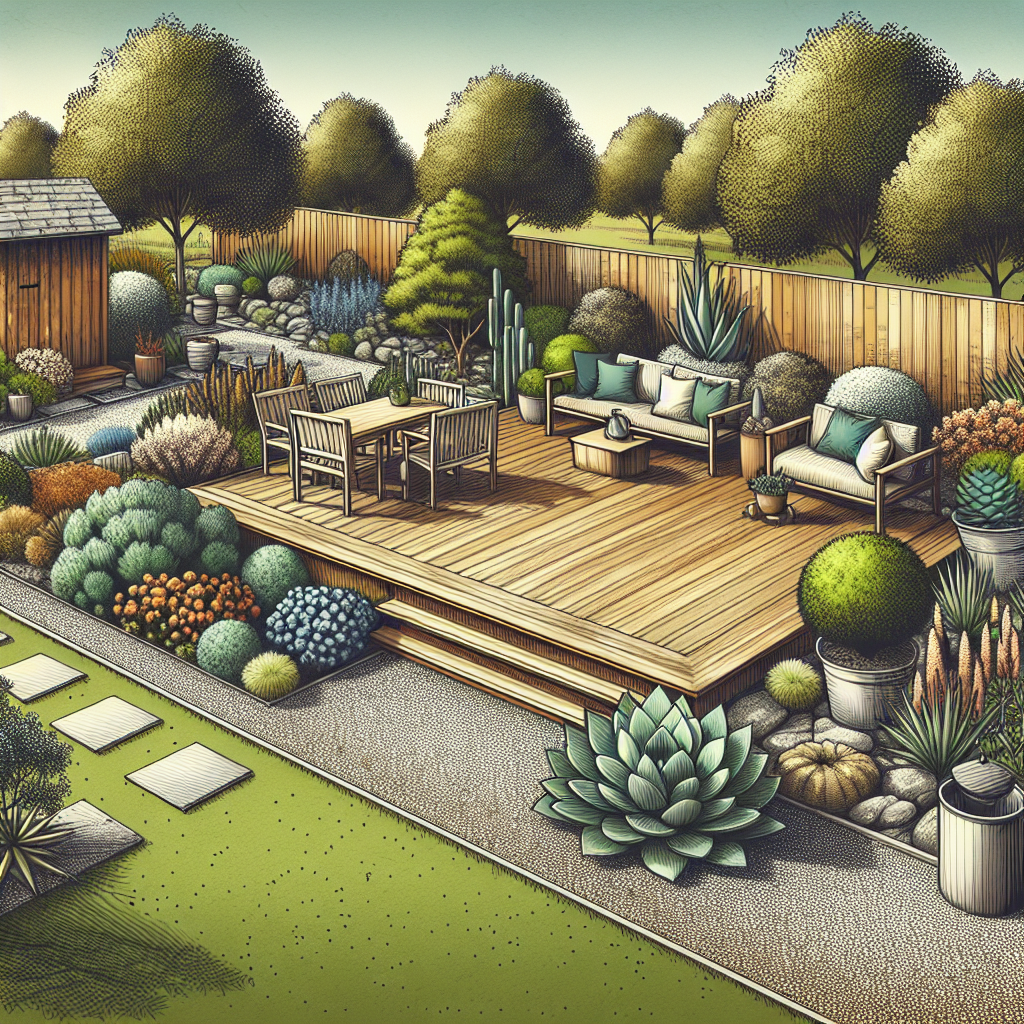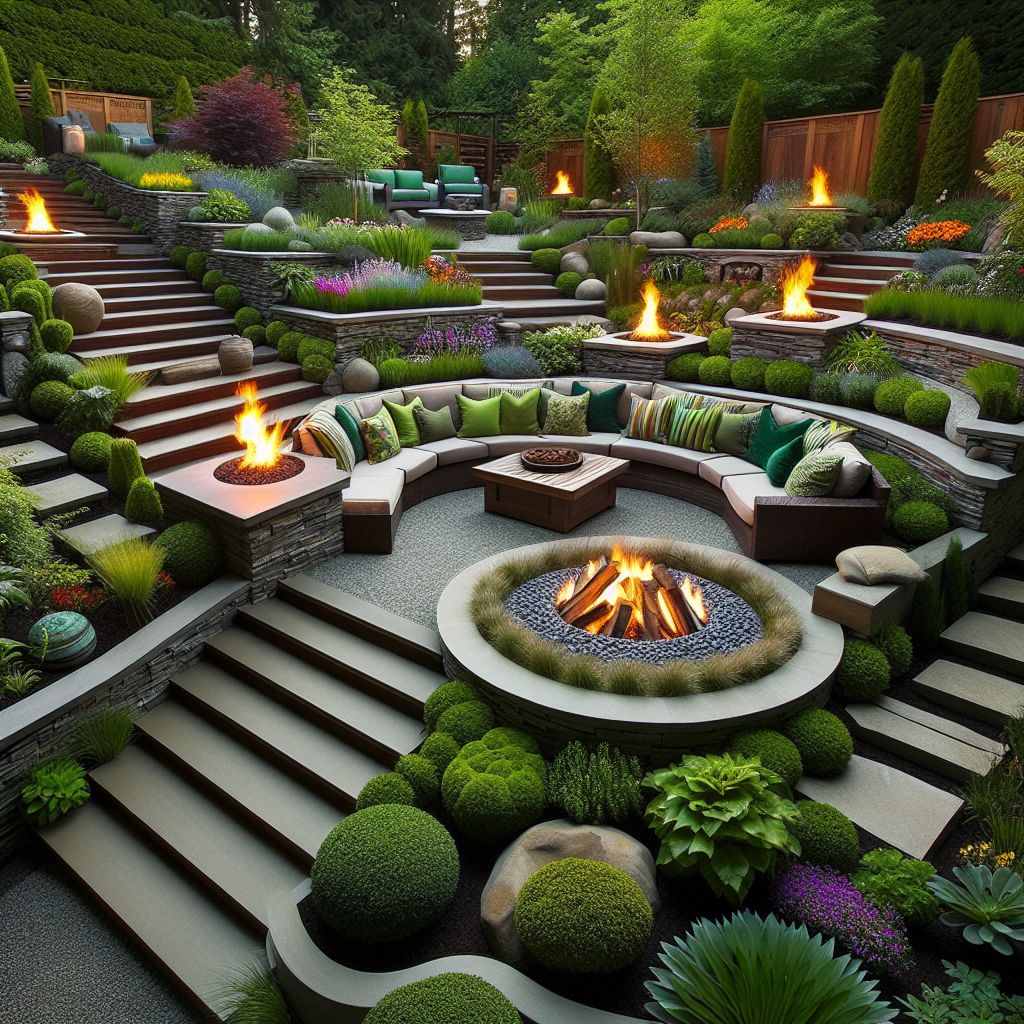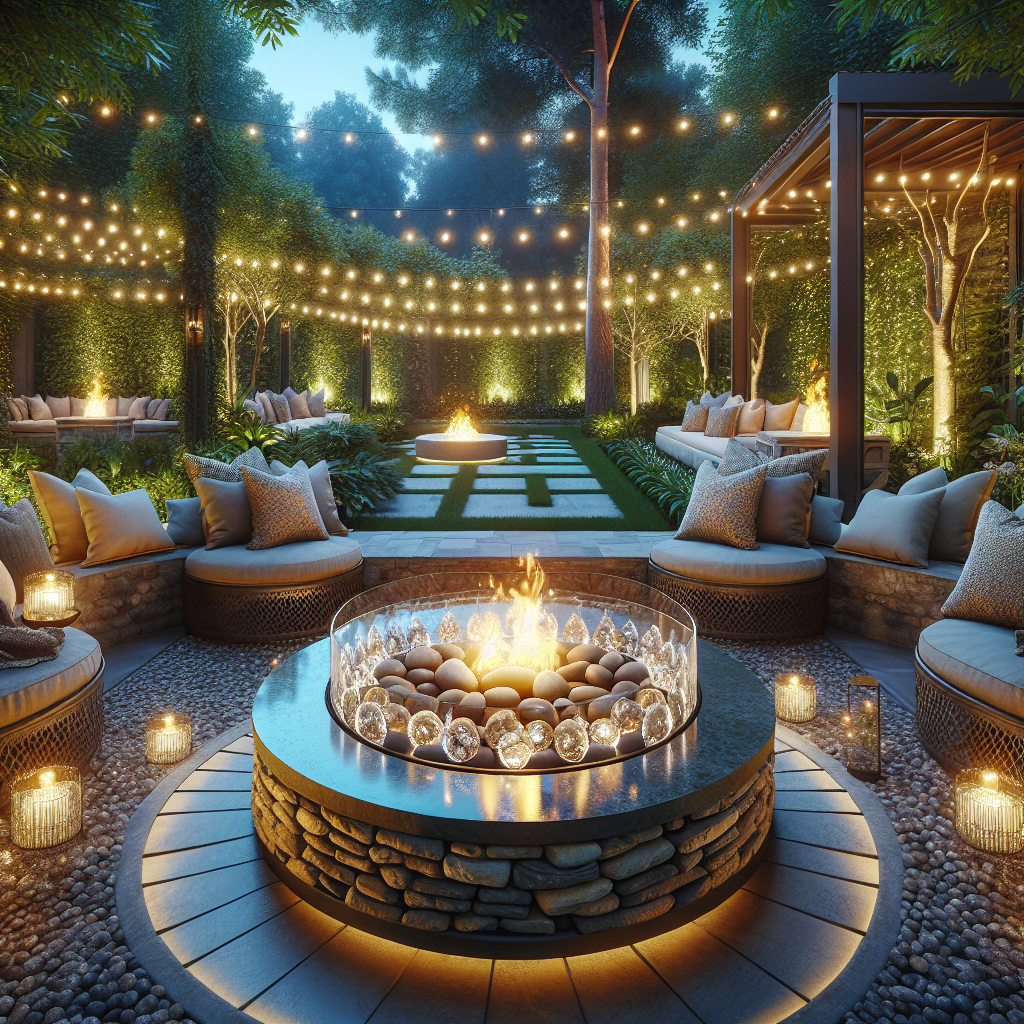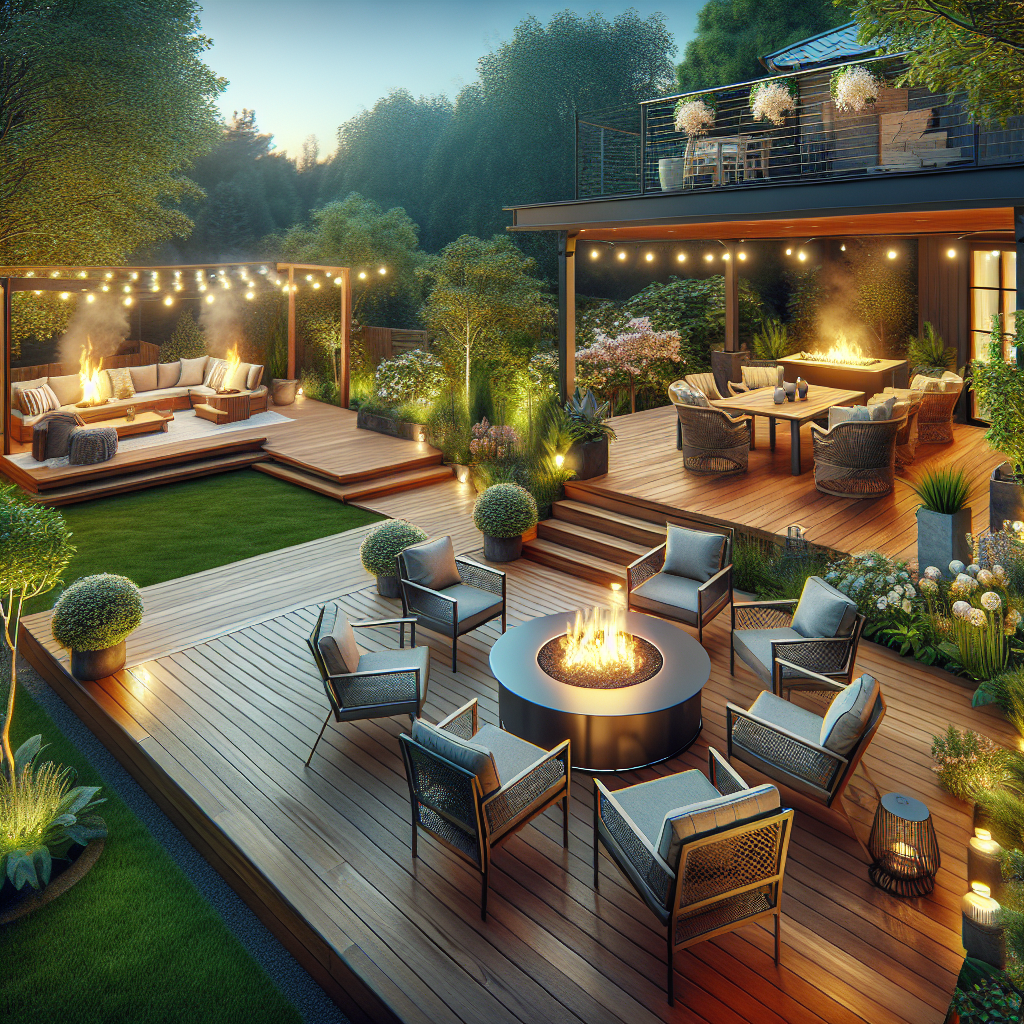Designing a Low-Maintenance Yard: Create a Beautiful Outdoor Space with Minimal Effort
Are you tired of spending countless hours tending to your yard, only to see it become overgrown and messy again in no time? If so, it’s time to consider designing a low-maintenance yard that will not only save you time and effort but also create a beautiful outdoor space that you can enjoy year-round. In this comprehensive guide, we will walk you through the step-by-step process of creating a low-maintenance yard that requires minimal upkeep while still looking stunning. So, let’s get started!
Step 1: Assess Your Space and Set Goals
The first step in designing a low-maintenance yard is to assess your current outdoor space and set clear goals for what you want to achieve. Take a walk around your yard and make note of any existing features, such as trees, shrubs, or flower beds, that you want to keep. Consider the size of your yard, the amount of sunlight it receives, and any specific challenges or limitations you may have, such as a lack of water source or poor soil quality.
Once you have a clear understanding of your space, set goals for your low-maintenance yard. Do you want to reduce the amount of mowing and weeding required? Are you looking to create a more sustainable and eco-friendly landscape? Or perhaps you simply want to spend less time on yard work and more time enjoying your outdoor space. Whatever your goals may be, write them down and keep them in mind as you move forward with the design process.
Step 2: Choose the Right Plants
One of the key elements of a low-maintenance yard is choosing the right plants that require minimal care and attention. Opt for native plants that are well-suited to your climate and soil conditions, as they will be more resilient and require less water and maintenance. Consider using drought-tolerant plants, which can survive with minimal watering and still look beautiful.
When selecting plants, think about their growth habits and maintenance needs. Choose plants that are slow-growing or have a compact form, as they will require less pruning and trimming. Look for plants that are disease-resistant and pest-resistant, as this will reduce the need for chemical treatments. Additionally, consider using ground covers or mulch to suppress weeds and reduce the need for regular weeding.
Step 3: Create Functional Outdoor Spaces
A low-maintenance yard should not only be beautiful but also functional. Think about how you want to use your outdoor space and design different areas accordingly. Create a seating area for relaxation and entertaining, a play area for children, or a vegetable garden for growing your own produce.
When designing these functional spaces, choose materials that are durable and require minimal upkeep. Opt for low-maintenance decking or patio materials, such as composite wood or concrete pavers, that don’t require regular staining or sealing. Consider installing artificial turf or gravel in high-traffic areas to reduce the need for mowing and watering.
Step 4: Implement Smart Irrigation Systems
Watering your yard can be one of the most time-consuming tasks, but with the right irrigation system, you can significantly reduce the amount of effort required. Consider installing a smart irrigation system that uses weather data and soil moisture sensors to automatically adjust watering schedules based on the needs of your plants.
Choose drip irrigation or soaker hoses instead of traditional sprinklers, as they deliver water directly to the roots of your plants, minimizing evaporation and water waste. Group plants with similar water needs together, so you can water them more efficiently. Additionally, consider collecting rainwater in barrels or installing a greywater system to further reduce your water consumption.
Step 5: Embrace Mulching and Composting
Mulching and composting are two essential practices in a low-maintenance yard that can help improve soil health, suppress weeds, and reduce the need for fertilizers and pesticides. Spread a layer of organic mulch, such as wood chips or straw, around your plants to retain moisture, regulate soil temperature, and prevent weed growth.
Start a compost pile or use a compost bin to recycle kitchen scraps, yard waste, and other organic materials. Compost can be used as a natural fertilizer to enrich your soil and promote healthy plant growth. By embracing mulching and composting, you can create a self-sustaining ecosystem in your yard that requires minimal intervention.
Step 6: Maintain Regularly and Efficiently
While the goal of a low-maintenance yard is to minimize the amount of time and effort required for upkeep, some maintenance tasks are still necessary to keep your outdoor space looking its best. However, by adopting efficient maintenance practices, you can reduce the overall workload and make the most of your time.
Regularly inspect your yard for any signs of pests, diseases, or weeds, and address them promptly to prevent further damage. Set a regular schedule for mowing, pruning, and fertilizing, and stick to it to ensure that your plants stay healthy and well-maintained. Consider investing in quality tools and equipment that make these tasks easier and more efficient.
Step 7: Enjoy Your Low-Maintenance Yard
Once you have designed and implemented your low-maintenance yard, it’s time to sit back, relax, and enjoy the fruits of your labor. Spend more time outdoors, whether it’s hosting barbecues, playing with your kids, or simply reading a book in your tranquil garden.
Remember that a low-maintenance yard doesn’t mean a boring or uninspiring space. Get creative with your design, add personal touches, and experiment with different elements to make your outdoor space truly unique and reflective of your style and personality.
Conclusion
Designing a low-maintenance yard is a rewarding project that can transform your outdoor space into a beautiful and hassle-free oasis. By following the step-by-step process outlined in this guide, you can create a yard that requires minimal upkeep while still looking stunning year-round.
Assess your space, set clear goals, choose the right plants, create functional outdoor spaces, implement smart irrigation systems, embrace mulching and composting, maintain regularly and efficiently, and most importantly, enjoy your low-maintenance yard. With a little planning and effort upfront, you can create a yard that allows you to spend more time relaxing and less time working. So, go ahead and start designing your dream low-maintenance yard today!






